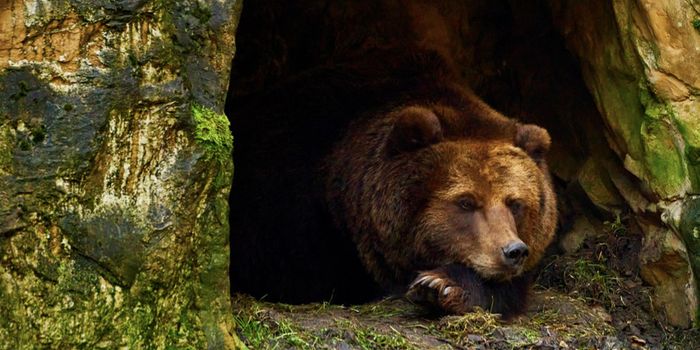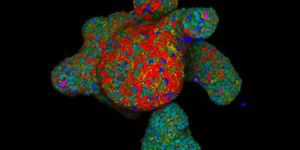Using Genetics to Track the Spread of Oropouche Virus
Oropouche virus (OROV) is transmitted by tiny flies called midges and a few types of Culex quinquefasciatus mosquitoes. Infections with OROV cause Oropouche virus disease, which has circulated in the Caribbean, Central and South America for several decades. Sloths, primates, and potentially some birds also harbor the virus. The disease is not yet known to transmit from one person to another.
The disease causes symptoms that may resemble dengue, such as chills, a sudden fever, headache, joint pain, and sometimes nausea and vomiting. These symptoms may last for about a week, and usually revolve on their own. Some people take longer to recover, however, and neurological symptoms may arise in about four percent of infected people. Earlier this year, Brazil recorded the first confirmed deaths from the virus.
Because of the similarities with dengue, Oropouche virus disease is sometimes misdiagnosed. Thus, the number of people who have been infected with OROV over time may be underestimated.
Scientists and clinicians are concerned about the recent spread of the virus. It is now causing one of the most significant outbreaks since the virus emerged in the 1960s, with over 6,000 cases reported in the 2023-2024 season.
A new genetic variant of the virus has now been tracked as it moved through insect vectors and infected people in the Amazon region of Brazil. The findings have been reported in Nature Medicine.
"Until recently, the virus was mostly contained around the Amazon River," said study co-author Ana Bento, an assistant professor at Cornell University. "In 2023–24, we started to see the pathogen spread in other areas in Brazil. We also started to see a higher magnitude of cases, from a few hundred to a few thousand."
In this work, samples of the virus were isolated from confirmed cases. The researchers analyzed 382 genetic samples of OROV, and a novel variant was identified in these viral genomes. Researchers have not determined whether this variation has made the virus more transmissible. However, they were able to use this genetic feature to track the virus as it moved.
The study revealed that there are two patterns of distribution: one over a short distance that is within the flight range of infected midges and another that is over longer distances and is related to the movement of people. People who are infected then travel, and once they are at their destination, they are bitten by mosquitoes or midges. The infection is then passed onto insects in that area, and eventually, the people that live there too.
Cases of Oropouche virus disease have already been recorded outside of Brazil and the Caribbean, such as in the US and Europe. These are related to travel.
"It's a worrying trend that these diseases are more spread out," Bento said. As the climate continues to change and the work warms, the virus will also have more chances to spread through insects that move to new areas. Bento suspects that this study is the first of more that will continue to track the spread of OROV.
"We also need more Oropouche-specific campaigns," added Bento. "We need to understand the true burden of the disease."
Sources: Cornell University, Nature Medicine









